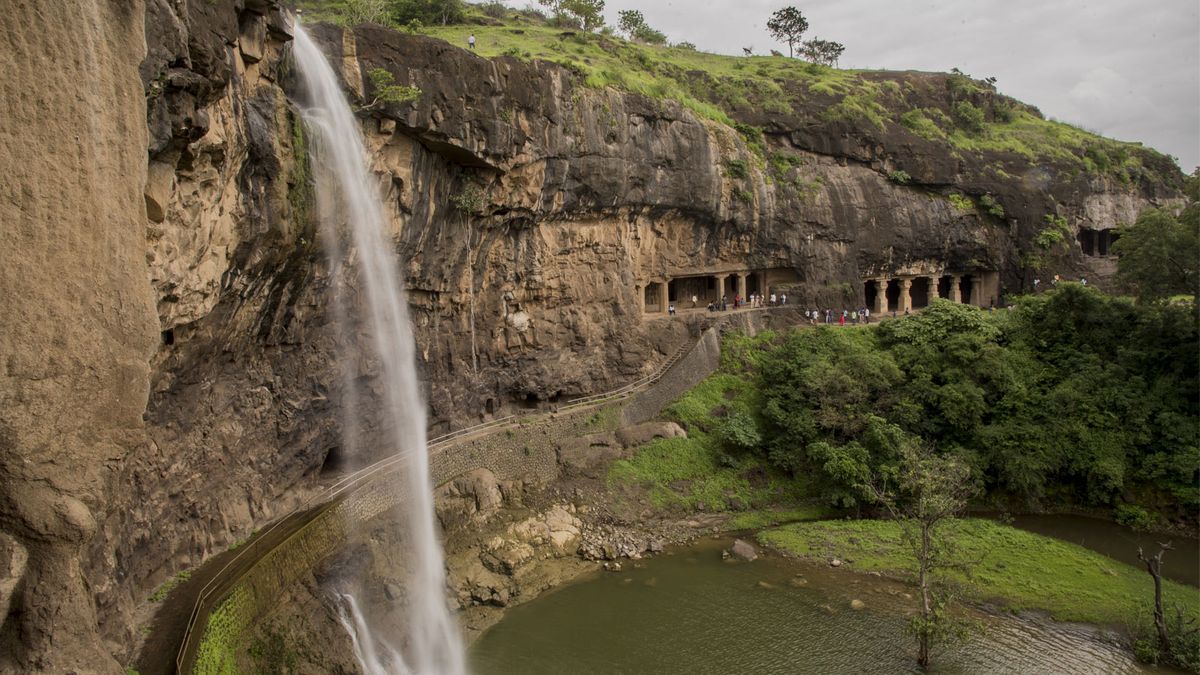Given its rich ancient history, India is a treasure trove of historical monuments and many of these feature on UNESCO’s list of World Heritage Sites. The Taj Mahal, Ajanta Caves and the monuments of Hampi are some of the famous UNESCO World Heritage Sites in India. The UNESCO’s convention to preserve and protect sites of cultural and natural significance came into effect in 1975. Once a monument earns the title of World Heritage Site, not only does it boost tourism to the destination but also receives UNESCO’s commitment to conserving it for future generations. As of 2021, there are 40 UNESCO World Heritage Sites in India. Here is a list of the top 10 World Heritage Sites in India that you must add to your travel bucket list.
1. Taj Mahal, Uttar Pradesh
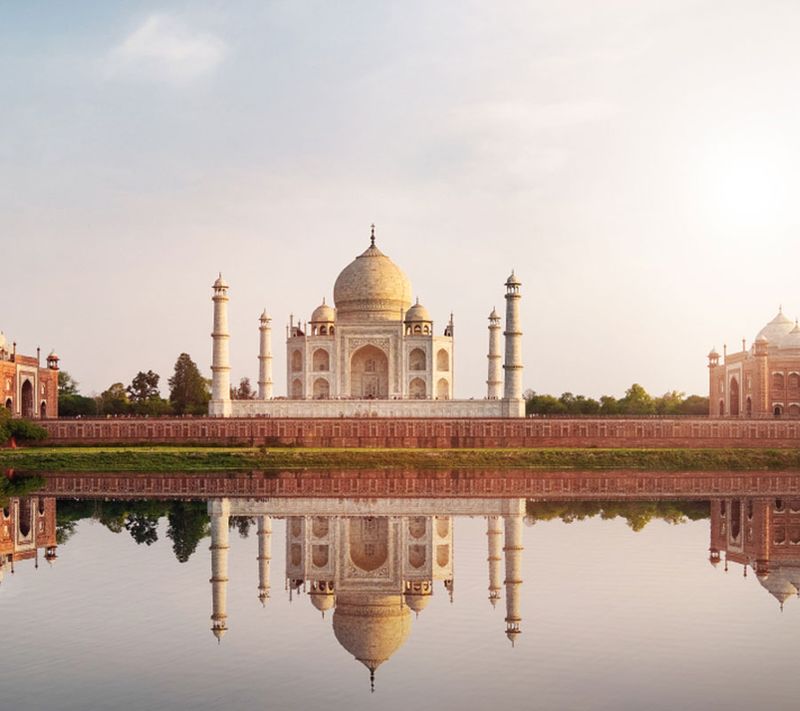
Taj Mahal sits on the banks of the Yamuna River in Agra, Uttar Pradesh. It is one of the world's seven wonders and a UNESCO World Heritage Site. Millions of tourists from different parts of the world visit the architectural marvel every year to experience the grandeur and culture of Mughal royalty. The Mughal emperor Shah Jahan built the Taj Mahal between 1631-1648 in memory of his beloved wife, Mumtaz Mahal. Artisans from Central Asia and Iran were deployed for its construction. Often known as the 'Jewel of Muslim Art in India', the Taj Mahal is recognised around the world for its Indo-Islamic architecture and cultural significance.
2. Group of monuments in Hampi, Karnataka

Hampi was the capital of the Vijayanagara Empire which flourished in the 14th century. During its golden days, the empire is believed to have been bigger than Rome, with grand palaces and architectural marvels dotting its landscape. The empire’s decline began around the time Mughal rulers were expanding their territory in the Indian subcontinent. Continuous attacks left the city destroyed and abandoned. Located along the Tungabhadra River, Hampi is also known as the ‘City of Ruins’. Today, tourists visit the city for its magnificent temples and history.
3. Khajuraho, Madhya Pradesh
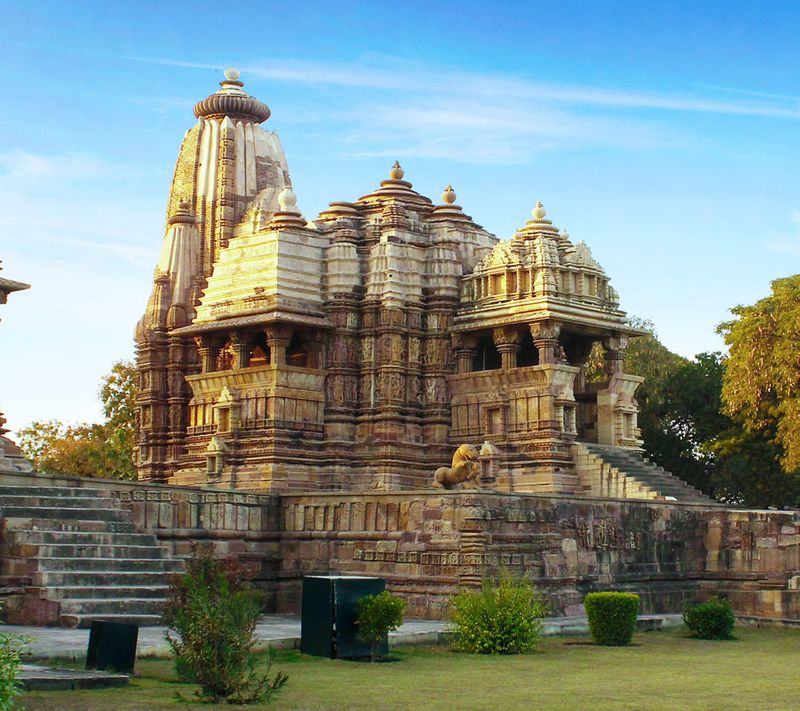
Khajuraho is one of the most famous UNESCO World Heritage Sites in India. Located in the Chhatarpur district of Madhya Pradesh, Khajuraho is a group of temples and monuments that are popular for their Nagara-style architectural symbolism and erotic sculptures. The temples were built between 950 and 1050 CE under the reign of the Chandela dynasty. By the 12th century, Khajuraho had 85 temples across 20 square kilometres of land. However, today only 25 of these temples remain, making up the heritage site.
4. Bodh Gaya, Bihar
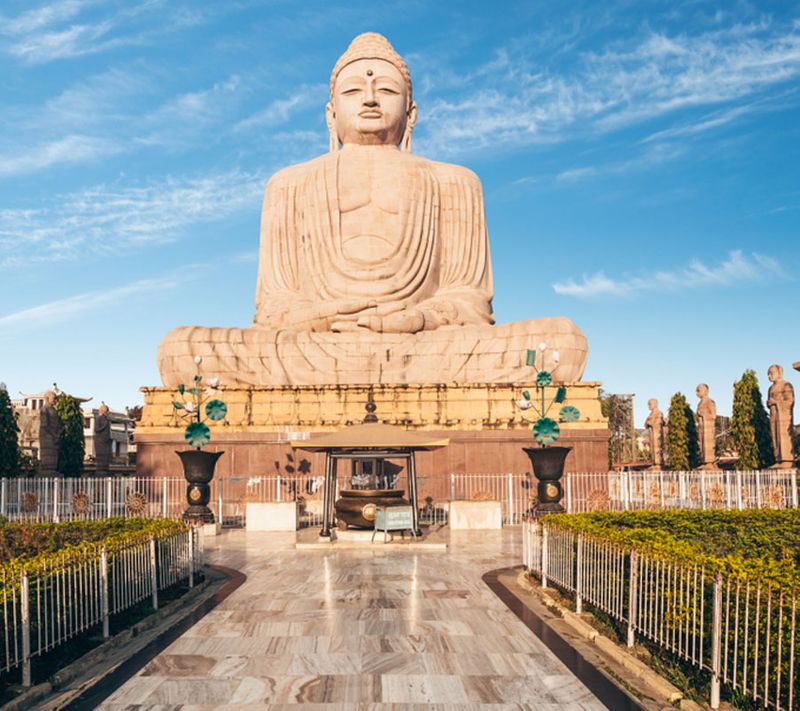
Bodh Gaya, a village in Bihar, is home to the Mahabodhi Temple Complex which is a UNESCO World Heritage Site. It’s also a significant pilgrimage site for Buddhists as it’s believed this is where Gautama Buddha attained enlightenment. The Mahabodhi Temple and the Vajrasana under the sacred Bodhi Tree are some of the most visited places in Bodh Gaya — by Buddhists and tourists alike. The temple complex is located near the bank of the Niranjana River.
5. Konark Sun Temple, Odisha

The Konark Sun Temple is dedicated to the Hindu sun god Surya. The 13th-century temple is made with mesmerising architecture in the Kalinga or Odisha style. It features a humongous stone chariot with 12 pairs of wheels and several Nagara-style sculptures. Konark is about an hour’s drive away from Odisha’s coastal city Puri which is also home to many famous temples.
6. Qutub Minar, Delhi

Qutub Minar was built in 1193. Interestingly, the mosque — Quwwat-ul-Islam — within the Qutub complex, is one of the oldest in India. The Qutub Minar is 72.5 meters or 238 feet high and has undergone several changes. Over the years, the minaret has been damaged, restored and extended. However, the charm it exudes remains the same. There are many historical sites inside the Qutub complex. Besides the mosque, Alai Darwaza, Iron Pillar, Alai Minar and the Tomb of Adham Khan are some of the other popular monuments in the complex.
7. Humayun’s Tomb, Delhi
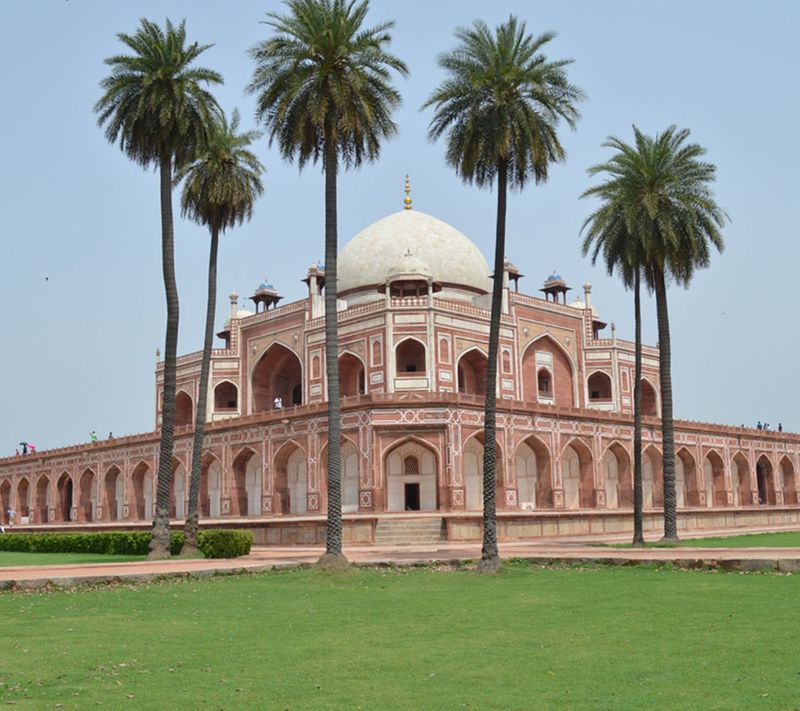
One of the best-preserved Mughal monuments, Humayun’s Tomb is situated in Delhi’s eastern part. It was built around 1570 on the commission of Emperor Humayun’s widow Biga Begum. Many Persian and Indian craftsmen worked together to construct this architectural marvel. The tomb is surrounded by a garden complex that elevates the charm of the monument.
8. Ajanta Caves, Maharashtra

Named after a neighbouring medieval village, the Ajanta Caves, near Aurangabad in Maharashtra, are a famous monument that celebrates Buddhist art and culture. The caves of Ajanta are said to be located on an ancient trade route that was a part of the Silk Route network. Ajanta Caves and the surrounding caves were used for several religious purposes.
9. Agra Fort, Uttar Pradesh
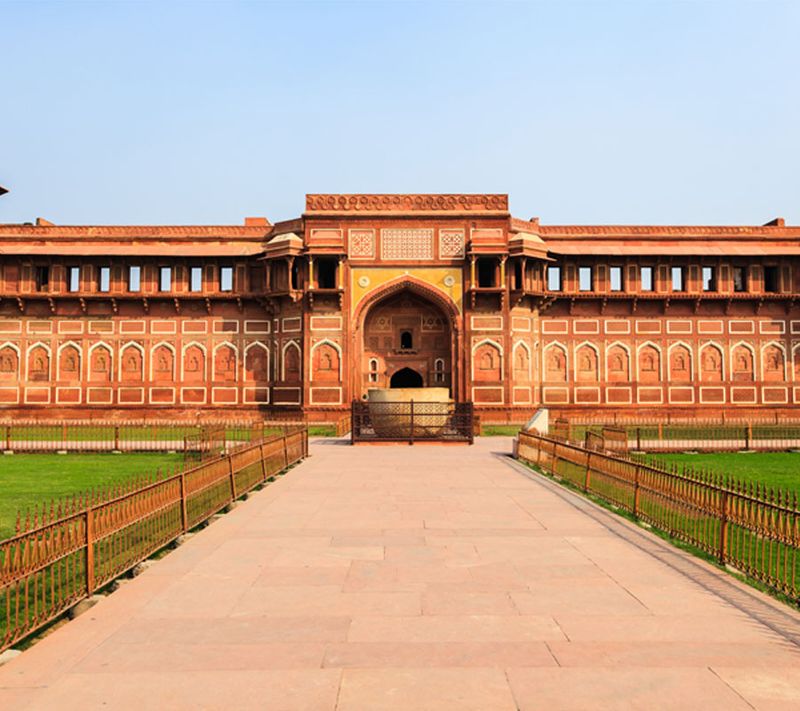
Agra Fort is another architectural masterpiece from the Mughal dynasty. Built around 1573 by Emperor Akbar, the fort resides on the banks of the Yamuna River. It is made of red sandstone and is also called Lal Qila. It was the residence of the Mughals till 1638. Besides its own marvels, the fort is also popular for the mesmerising views it offers of the Taj Mahal and Yamuna River.
10. Ellora Caves, Maharashtra
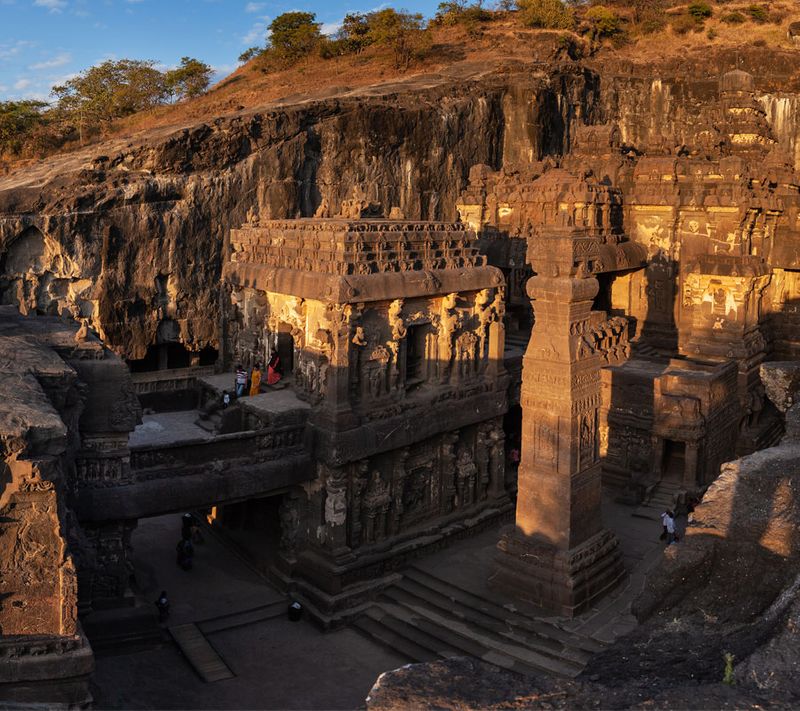
Ellora Caves are one of the largest ancient stone-cut temples in the world. Situated in the Sahyadri Hills, the caves are just a short distance from the Ajanta Caves. The art and stone carvings of the caves depict the history and legacy of different religions, which is also the main attraction of the site.
Disclaimer: The details mentioned throughout this blog are sourced from publicly accessible platforms. At Zeezest, we intend to share factual and verified information. Should there be any inconsistencies or variances in the information provided, please understand that these are entirely unintentional and not meant to mislead.


